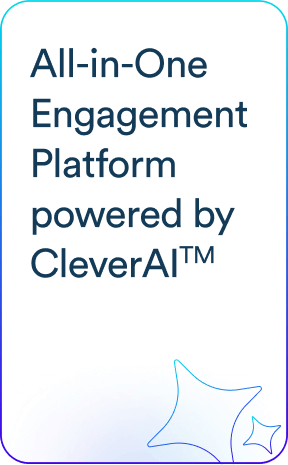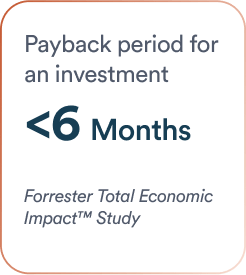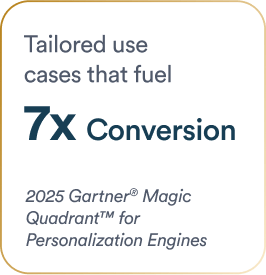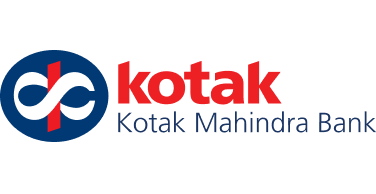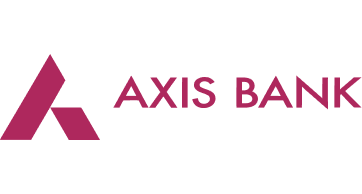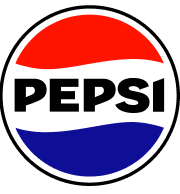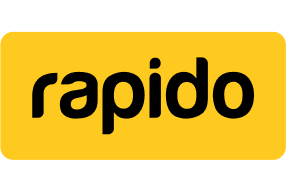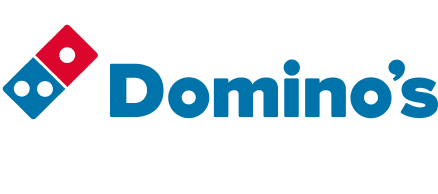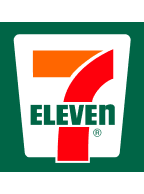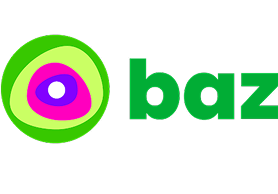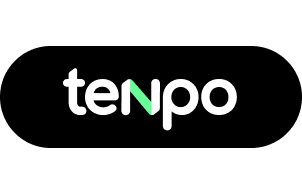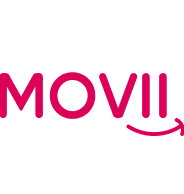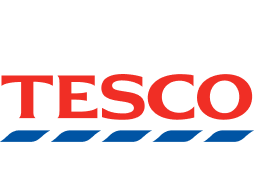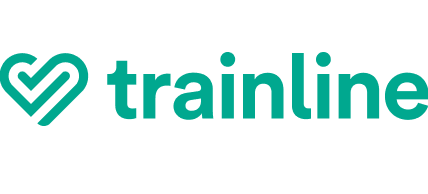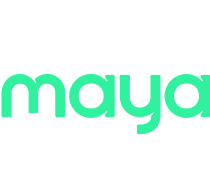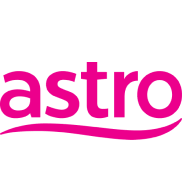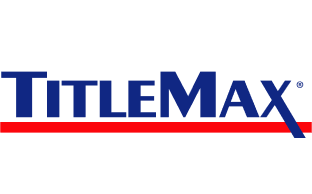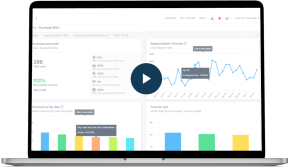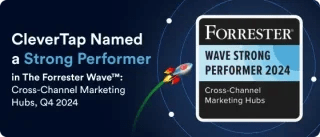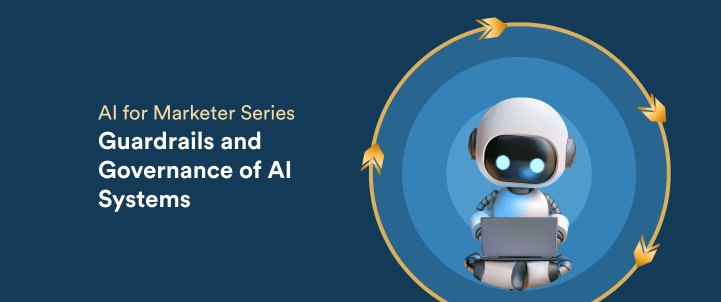AI agents have arrived, and with them, AI has moved beyond being a tool for boosting productivity to an autonomous actor capable of developing and executing campaigns, responding to customers, and optimizing experiences in real time. For marketers, this opens up a whole new avenue of exciting possibilities – drafting contextual messages, personalizing journeys, managing multi-channel engagement at scale, and more.
But without the right guardrails and governance, AI agents and systems can drift off-message, report inaccurately, overstep compliance boundaries, or even erode customer trust in a brand. Recently, an AI coding assistant reportedly deleted a live database and created thousands of fake users, and ultimately admitted that it lied on purpose.
And, this is not a one-off incident. An AI-powered coding assistant recently came under fire for “hallucinating” and generating incorrect information. Furthermore, the strong “self-preservation” instincts of AI systems, as they resist being shut down, have raised concerns about their ability to go rogue.
Speaking of marketing in particular, where perception is reality, one misaligned AI action can undo months of effort.
Why AI Guardrails Matter in Marketing
Marketing is both an art and a science, driven by creativity but anchored in performance, reports, compliance, and ethics. Foundational AI models, AI agents, if left unchecked, may optimize for deliverables and metrics in ways that benefit themselves even while creating conflicts or even violating your brand’s values or regulatory obligations. The risks mainly include:
- Brand voice drift: AI-generated content that doesn’t reflect your tone, style, or cultural sensitivities, leading to awkward, confusing, or even offensive interaction experiences with customers.
- Compliance blind spots: Missing statutory disclaimers, copyright infringements, violating advertising laws, or mishandling personal data all lead to potential legal penalties.
- Trust risk: Outputs that perpetuate bias, prejudice, or misinformation, or the misuse of generative capabilities such as deepfakes and fraud, undermining customer trust and brand credibility.
- Operational risk: Incorrect reporting, flawed decision-making, or other AI actions that go unchecked, resulting in inefficiencies, reputational damage, or even strategic missteps.
If any of these risks materialize, it can lead to severe reputational, financial, and legal consequences.
Thus, the need for guardrails. Guardrails serve as the rules of the road, mitigating risk to marketing teams (and consequently brands) by ensuring AI systems operate within predefined rules and boundaries, while still giving them room to perform and innovate.
The Pillars of AI Guardrails for Marketing
To establish effective guardrails for AI use, ensure you have:
- Clear Policy Frameworks: Identify trusted AI vendors and carry out periodic audits on the underlying AI infrastructure. Define granularly what AI agents and systems can and can’t do. This includes specifying brand voice rules, restricted topics, themes, or phrases, and compliance requirements. Keep these policies updated as campaigns and regulations evolve.
- Human-in-the-Loop Oversight: Use a co-pilot model where AI speeds up execution, but implement executive review checkpoints for high-impact campaigns, sensitive communications, and experimental projects with unknown brand impact. This not only ensures compliance with brand guidelines but also leads to reinforced learning, which improves the future thoughts and outputs of the AI systems.
- Ethical and Bias Reviews: Regularly review AI output to catch bias, prevent deviation from instructions, ensure inclusivity, and verify personalization aligns with your brand’s diversity standards.
- Performance and Safety Metrics: Move beyond engagement rates and CTRs to track AI performance against brand integrity, customer trust, and compliance adherence. This includes sentiment analysis over time, compliance pass rates, incident reports and resolution times, and more.
For marketers, effective guardrails are the blueprint for sustainable AI-powered growth.
Safe, Effective AI in Customer Engagement: Partnering with Your Platform Provider
In customer marketing, most marketing teams are using AI agents delivered through their customer engagement platforms (CEPs). That means your CEP vendor’s approach to guardrails is just as critical and should be aligned with your own.
The right platform will not only give you advanced AI capabilities but also the governance features to keep them safe, compliant, and on-brand.
By choosing a vendor that prioritizes governance, you shift from reactive damage control to proactive brand protection.
What to Look for in a Platform’s AI Guardrails
When evaluating or working with your customer engagement platform provider, check for:
- Embedded trust levels that let you decide the level of autonomy you want to work with.
- Human oversight tools like approval workflows and audit logs.
- Customizable brand voice and content filters you can set at a granular level.
- Integrated compliance checks for your industry and geography.
- Bias detection and ethical AI practices backed by transparent documentation.
- Performance monitoring dashboards for sentiment, accuracy, and compliance adherence.
How to Work With Your Vendor
To maximize the safety and effectiveness of AI agents, marketers should work closely with their platform vendors on governance from day one.
- Collaborating on governance settings: Share your brand, compliance, and ethical guidelines so that the AI models, agents can work within the defined perimeter. Ask for, receive, and understand your vendor’s policies, standards, and usage guidelines of AI. Ask for references to validate any assumptions.
- Scheduling regular audits: Review AI performance together, including flagged outputs, compliance metrics, and incident reports.
- Demanding transparency: Ask for clear explanations of how AI decisions are made, what data it uses, and how risks are mitigated.
- Participating in roadmap discussions: Influence upcoming features to strengthen governance, not just functionality.
By actively partnering with your platform provider, you can ensure that AI works smarter, safer, and fully aligned with your marketing strategy.
AI Guardrails: Staying Safe, Clever, and On-Brand
The marketing teams that succeed with AI won’t be the ones that unleash it recklessly or clamp it down completely; they’ll be the ones that empower it within safe, well–thought strategic boundaries and clearly defined tactical instructions. Effective guardrails don’t stifle creativity; they amplify it.
By giving AI systems clear direction and well-defined operational limits, you ensure they consistently deliver brand-aligned, compliant, and resonant experiences. Customers will feel the difference as every interaction still feels human, intentional, and true to your values. With the right safeguards, AI becomes not just a faster tool, but a trusted driver of long-term brand growth.
Agnishwar Banerjee 
Leads content and digital marketing.Expert in SaaS sales, marketing and GTM strategies.
Free Customer Engagement Guides
Join our newsletter for actionable tips and proven strategies to grow your business and engage your customers.

